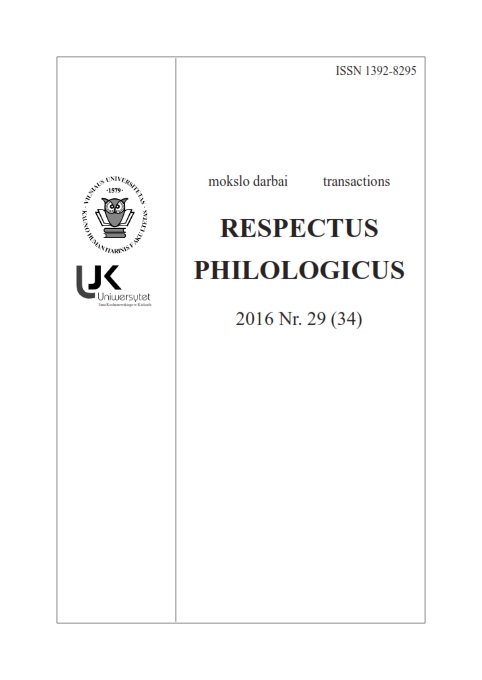MARGINALIZATION OF SOUTH ASIANS BASED ON THE RACE AND SKIN COLOR IN BHARATI MUKHERJEE’S JASMINE AND CHITRA B. DIVAKARUNI’S THE MISTRESS OF SPICES
MARGINALIZATION OF SOUTH ASIANS BASED ON THE RACE AND SKIN COLOR IN BHARATI MUKHERJEE’S JASMINE AND CHITRA B. DIVAKARUNI’S THE MISTRESS OF SPICES
Author(s): Iwona FilipczakSubject(s): Migration Studies, Inter-Ethnic Relations, Ethnic Minorities Studies
Published by: Vilniaus Universiteto Leidykla
Keywords: marginalization; race; color; South Asians;
Summary/Abstract: The purpose of this article is to focus on the issue of marginalization of South Asians in the United States as portrayed in two novels written by writers of Indian origin: Bharati Mukherjee’s “Jasmine” and Chitra Bannerjee Divakaruni’s “The Mistress of Spices”. It is investigated how race or skin color are the reasons for the marginalization of Indian immigrants in the United States. While “Jasmine” shows white Americans’ inability to embrace the racial difference of an Indian immigrant, which may be read as a reflection of the relative newness of this ethnic group in the United States and its shifting racial classification, “The Mistress of Spices” shows that the patterns of marginalization based on skin color may be developed already in the homeland, India, and then transferred to the US and confronted with the country’s racial diversity. Divakaruni’s novel raises a discussion of how the appreciation of whiteness developed in the country of birth leads to the hierarchical relations between the members of the Indian diaspora, and how it affects their relations with other American minorities. In this way, it shows that marginalization based on skin color is not only the outcome of inter-ethnic encounters but it can be an internal problem of this ethnic group as well.
Journal: Respectus Philologicus
- Issue Year: 2016
- Issue No: 29(34)
- Page Range: 46-56
- Page Count: 11
- Language: English

